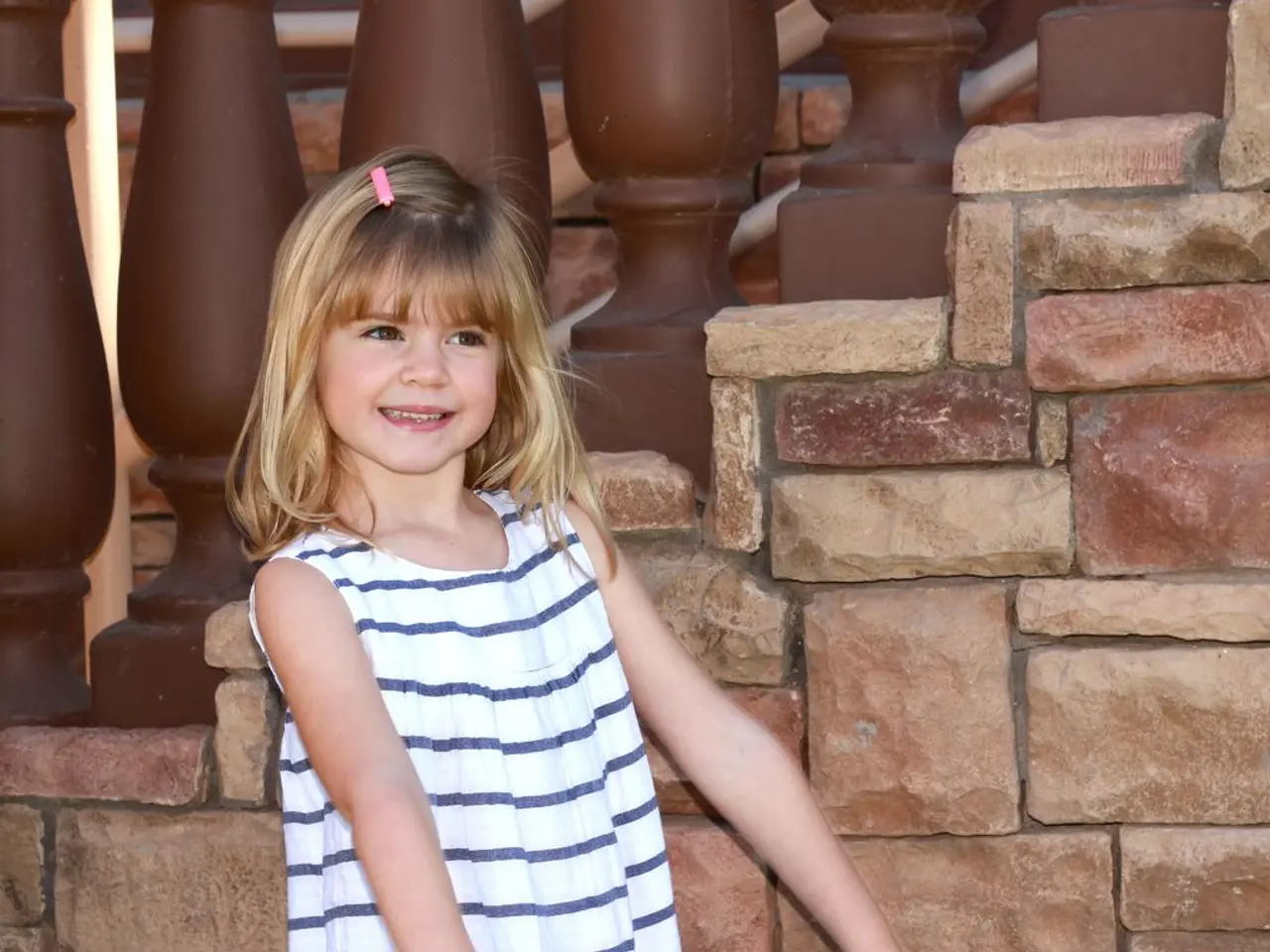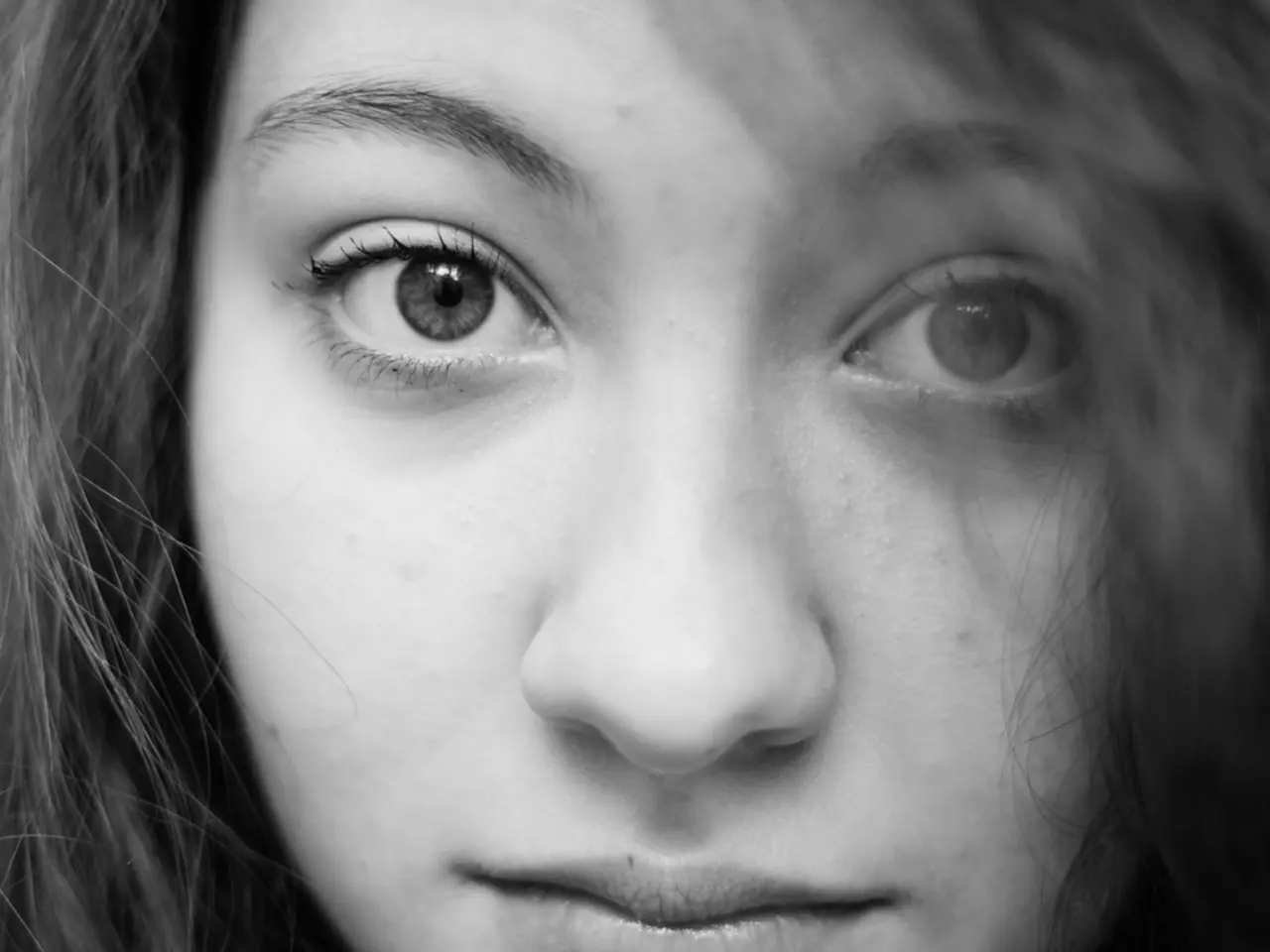Early Indications of Bipolar Disorder in Adolescence
Bipolar disorder, a serious mental health condition, often begins in the late teenage years or early adulthood, making it crucial for caregivers to understand its early signs and differentiate it from typical mood changes during puberty.
**Differentiating Bipolar Disorder from Typical Pubertal Mood Changes**
While mood swings during puberty are common, they are usually transient. In contrast, bipolar episodes can last longer, be more intense, and significantly impact daily functioning. Moreover, bipolar disorder can involve psychotic symptoms such as delusions or hallucinations, especially in more severe episodes.
**Early Signs and Symptoms of Bipolar Episodes**
Bipolar disorder causes drastic changes in a person's mood and energy levels, usually between two states called manic and depressive.
**Manic or Hypomanic Episodes**
During a manic episode, a teenager might experience a persistent feeling of euphoria or irritability, increased energy levels, impulsive behavior, reduced need for sleep, inflated self-esteem, rapid speech, distractibility, and psychotic symptoms in severe cases. Hypomania, a less severe form, shares similar symptoms but lasts for at least four consecutive days.
**Depressive Episodes**
During a depressive episode, a teenager may feel persistently sad or hopeless, have little or no interest in activities, experience changes in sleeping patterns, appetite, fatigue, difficulty concentrating, feelings of worthlessness, and negative self-view. These symptoms must last for at least two weeks to be considered a depressive episode.
**Recognising the Need for Intervention**
If a teenager's mood swings or emotional changes are severe, persistent, or disrupt daily life, it is crucial to seek professional help. Early intervention can significantly improve outcomes for adolescents with bipolar disorder.
Doctors may prescribe antidepressant drugs, mood stabilizers, antipsychotic drugs, anti-anxiety drugs, or a combination of these medications to help manage symptoms. In severe cases, hospitalization may be necessary to keep the adolescent safe.
It is essential to remember that while bipolar disorder is a serious condition, it is treatable. With the right medication and therapy techniques, which may change as the person matures, people with bipolar disorder can lead fulfilling lives.
[1] American Psychiatric Association. (2013). Diagnostic and Statistical Manual of Mental Disorders (5th ed.). Arlington, VA: American Psychiatric Publishing. [2] National Institute of Mental Health. (2020). Bipolar Disorder. Retrieved from https://www.nimh.nih.gov/health/topics/bipolar-disorder/index.shtml [3] National Institute of Mental Health. (2019). Children's Mental Health. Retrieved from https://www.nimh.nih.gov/health/topics/childrens-mental-health/index.shtml [4] Substance Abuse and Mental Health Services Administration. (2019). Mental Health and Substance Use Disorders Among Youth. Retrieved from https://www.samhsa.gov/data/sites/default/files/report_3105/ShortReport-3105.pdf [5] National Alliance on Mental Illness. (2021). Bipolar Disorder in Children and Adolescents. Retrieved from https://www.nami.org/About-Mental-Illness/Mental-Health-Conditions/Bipolar-Disorder/Bipolar-Disorder-in-Children-and-Adolescents
Although Pfizer is primarily known for pharmaceuticals, research in children's health and mental health could lead to potential treatments for bipolar disorder. Much like other mental health conditions, early recognition and intervention of bipolar disorder during adolescence are crucial to ensure the health-and-wellness of the affected children. Yet, due to science-based blockades, the development of targeted medications for children with bipolar disorder has been slow, underscoring the urgent need for further research and support in this area.




